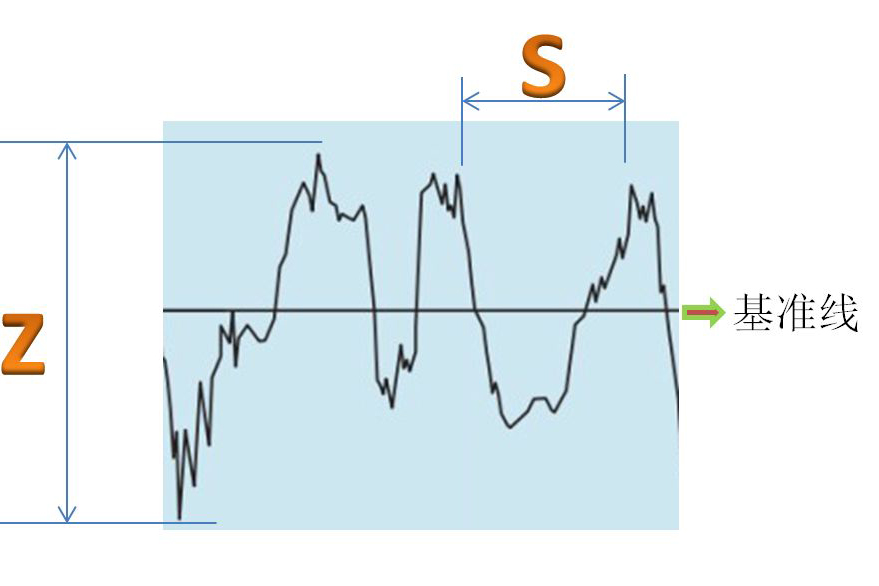
One-Stop Sheet Metal Fabrication
February 13, 2024
Metal surface roughness
March 21, 2024Surface Cleaning of Metals

As a professional Metal Fabrication Manufacturer, we well know that Surface cleaning of metals is very important to your custom-made parts. Good cleaning makes the high level of quality and make the products looks super.
Common methods for surface cleaning include chemical rust removal and mechanical rust removal.
(1) Chemical Rust Removal
Chemical rust removal typically involves placing the workpiece into a tank filled with acid or alkaline solution according to a specific formula, soaking it for a certain period of time, and then removing it and rinsing it with water to prevent corrosion from residual acid. Acid pickling can remove oxide scale, etching products, and welding slag from the metal surface. Alkali cleaning is primarily used to remove oil contamination from the metal surface. Passivation is mainly used as an anti-rust treatment after acid pickling.
(2) Mechanical Rust Removal
The following three methods are commonly used:
Sandblasting
This is a widely used pre-treatment method for steel plates, pipes, structural steel, and various steel equipment. It can remove rust, oxide scale, and other pollutants from the surface of the workpiece, leaving a uniformly rough surface.
Compressed air flows through a sand mixing pipe via a conduit, creating a negative pressure at the front end of the air nozzle. This negative pressure draws in sand particles stored in the sand hopper, which then mix with the airflow. The mixture is then expelled through the nozzle hose and directed onto the surface of the workpiece, stripping away rust and oxide scale, thereby achieving the purpose of rust removal.
The pressure of compressed air is generally 0.5-0.7 MPa. Nozzles are made of hard alloys, ceramics, or other wear-resistant materials. Hard, clean, and dry silica sand with uniform granularity is used. Sandblasting offers good quality and high efficiency but generates a significant amount of dust. Therefore, it should be performed in an enclosed sandblasting chamber.
Shot Blasting
The shot used typically has a diameter of 0.8-1.5 mm (2.0 mm for thick plates). Compressed air pressure is usually 0.4-0.5 MPa. Shot blasting is used for overall rust removal of parts or components, but its productivity is not high.
Wheel Blast
This method involves using a specialized shot blasting machine to rapidly propel steel shots or other abrasives onto the surface of the raw material, removing oxide scale, rust, and dirt.
After sandblasting or shot blasting, the raw material is generally subjected to protective treatment within a range of 10 to 20 minutes, following these steps:
- 1. Use purified compressed air to blow off the surface of the raw material.
- 2. Apply a protective primer or immerse the material in a passivation treatment tank for passivation.
- 3. Place the raw material coated with protective primer into a drying oven and dry it with heated air at a temperature of 70°C.



